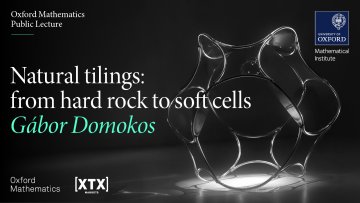13:00
Finite-temperature quantum topological order in three dimensions
Abstract
We identify a three-dimensional system that exhibits long-range entanglement at sufficiently small but nonzero temperature--it therefore constitutes a quantum topological order at finite temperature. The model of interest is known as the fermionic toric code, a variant of the usual 3D toric code, which admits emergent fermionic point-like excitations. The fermionic toric code, importantly, possesses an anomalous 2-form symmetry, associated with the space-like Wilson loops of the fermionic excitations. We argue that it is this symmetry that imbues low-temperature thermal states with a novel topological order and long-range entanglement. Based on the current classification of three-dimensional topological orders, we expect that the low-temperature thermal states of the fermionic toric code belong to an equilibrium phase of matter that only exists at nonzero temperatures. We conjecture that further examples of topological orders at nonzero temperatures are given by discrete gauge theories with anomalous 2-form symmetries. Our work therefore opens the door to studying quantum topological order at nonzero temperature in physically realistic dimensions.


